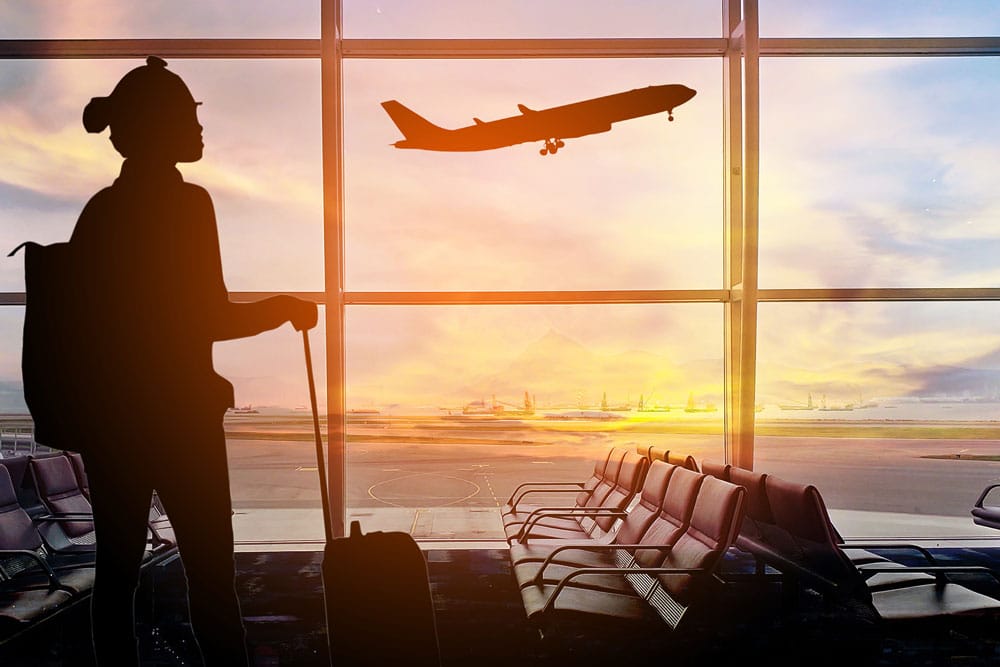Challenges, Opportunities, and the Future of Parking & Mobility in Aviation
2020 will be written in the history books as one of the worst years on record for many industries, and the aviation industry is no exception. According to the International Air Transport Association’s (IATA) Annual Review 2021, the passenger airline business continued to be adversely affected by the COVID-19 crisis into 2021. Although global economic activity rebounded on the back of booming manufacturing production, travel restrictions kept air passenger numbers low, especially for international travel. Second-quarter 2021 numbers improved compared with those for the first quarter because of the reopening of some domestic and regional markets.
In looking so far at 2022, IATA reports that total demand for air travel in January 2022 (measured in revenue passenger kilometers or RPKs) was up 82.3% compared to January 2021, however, it was down 4.9% compared to the previous month (December 2021) on a seasonally adjusted basis due to the Omicron variant. So, it seems we are still on the roller coaster, and unsure as to when we will disembark.
How are airports keeping up with the rapidly changing conditions, while at the same time looking to the future and what it holds for the industry? How has the uncertainty affecting parking and mobility at airports, and how is revenue being looked at differently under today’s lens?
Parking & Mobility asked organizations to give us their perspective on the challenges, and opportunities, that today’s airports are navigating. From the airports themselves to the companies that provide services to the industry, we have gathered a broad perspective on the current state of our airports parking and mobility services, as well as a glimpse into what the future may hold.
Expert Participants
Some of the most elite organizations in the aviation space have come together to pass along their thoughts on the challenges faced by the sector, and the opportunities presented for the future.

Herold Hensley, SVP of Parking and Transportation, Denver International Airport (DEN). DEN is the third-busiest airport in the world, and the primary economic engine for the state of Colorado, generating more than $33.5 billion for the region annually.
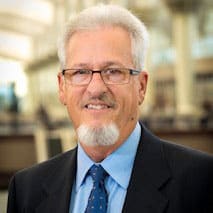
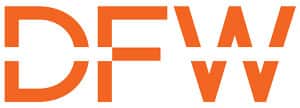
Allen Corry, CAPP, AVP, Dallas Fort Worth (DFW) International Airport Parking/Transportation Business Unit (TBU). The TBU is the largest source of non-aviation revenue that continues to maintain financial strength and remains cost competitive.
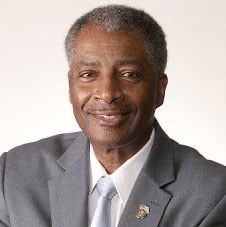

Jack Ricchiuto, President, Airport Division, SP+. SP+ manages their airport operations through a dedicated Airport Services division with over 65 years of airport-specific parking experience, including parking operations, valet services, technology solutions, shuttle transportation and more.

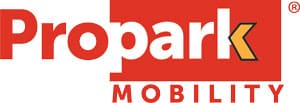
John Schmid, CEO and Chairman, Propark Mobility. As a national near-airport parking provider, Propark Mobility creates a seamless customer experience for air travelers, from their first mile to their last.

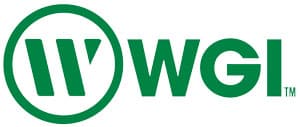
Robert McConnell, PE, SE, Vice President, Parking Solutions, WGI. With a deep understanding of the airport parking ecosystem, WGI’s parking experts provide parking planning and design, as well as comprehensive professional services, cutting-edge technology, and resources for planning and designing airport parking facilities.


Bob Miles, President, Bags. Bags serves airline, airport, and hospitality clients as a leading provider of baggage delivery, remote airline check-in, and other related services.

Operations
How have airport operations changed because of the pandemic, and how will operations evolve as travel demands change post-pandemic? How have airports accommodated changing patron behavior in their operations?

We downsized all our operations during the pandemic. We closed 17,112 public parking spaces and almost 7,000 employee parking spaces. Another 4,479 public parking spaces were converted to employee parking. We also closed our valet parking facilities. As passenger traffic has returned, we have been slowly reopening our public and employee parking facilities. We will return to 2019 operations this year except for our valet product. We are converting the valet product to a reserved parking product. As we look to the future, we will use our Vision 100 strategic plan to guide our decisions on ground transportation to ensure we can effectively serve 100 million passengers in the next eight to ten years.
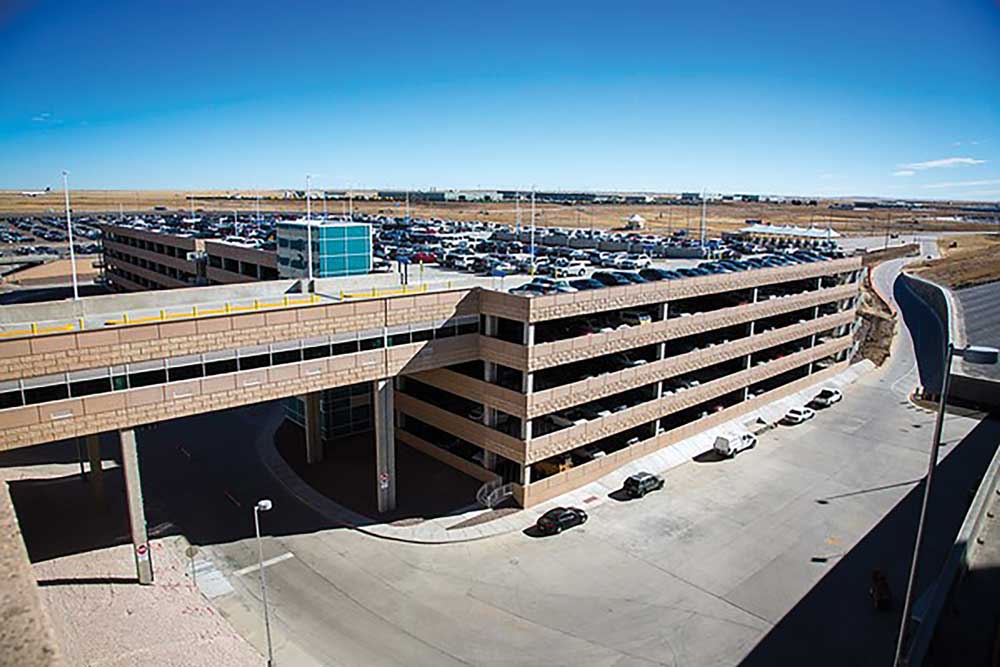
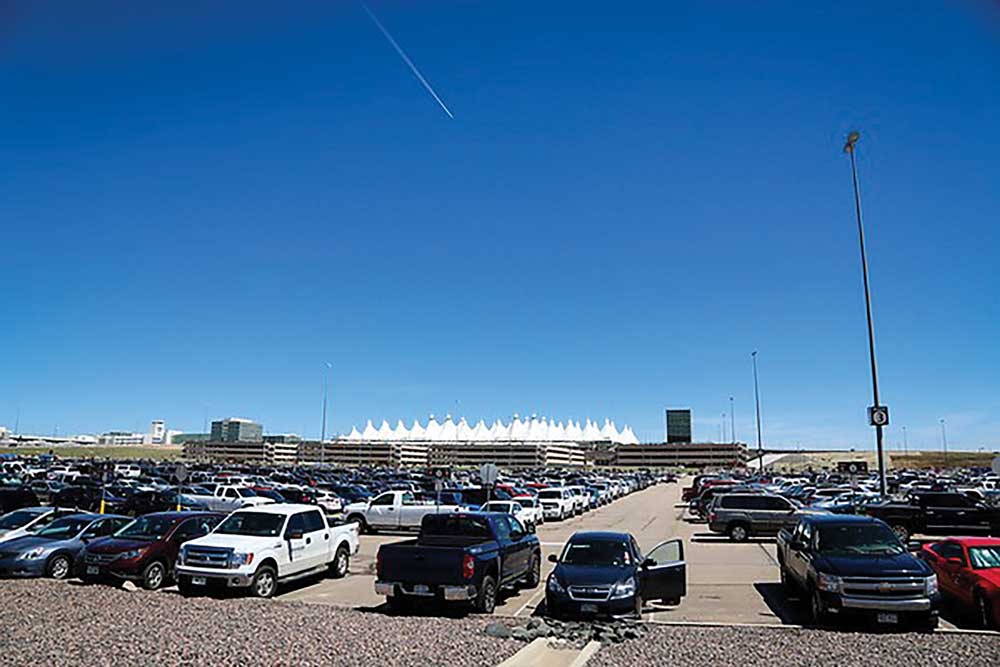
Denver International Airport has a robust parking and ground transportation program that provides our passengers with a variety of options to meet their needs. We understand that an efficient and reliable parking experience is what our travelers want, and we continue to make improvements and implement new programs to enhance the travelers’ experience.”
—Herold Hensley, SVP of Parking and Transportation, Denver International Airport

To meet the increasing passenger demand, TBU has experienced several major changes to focus on streamlining operations, combining function, and re-alignment of teams. Operational focus is on:
- TBU, Customer Experience and Innovation departments collaboration teams.
- Re-align Employee Engagement Teams (post-COVID).
- Reshaping teams to focus on current needs.
- Enhance the customer journey.
- Seamless communication.
- New technology.
- Filling essential vacancies.
- Internal promotions.
- Employee engagement teams.
To align TBU’s Strategic Plan with DFW’s Strategic Plan and ensure projects are successfully implemented, we’ve employed our plan to employ analytical business approaches to drive change in thought and operations, leveraging technology and data by: implementing new business solutions through partnership with our IT; building and maintaining mobile dashboards and predictive models for traffic demands; utilizing comparative data acquired from various sources; analyzing current and forecast future market condition; evaluating changes and impact of customer behavior; and aligning systems for predictive analytics focusing on tomorrow to align resources and strategies.

When the pandemic first hit, we needed to swiftly adjust to the decrease in demand, while we implemented a plethora of COVID-19 mitigation measures around cleaning/sanitation and contact/distancing all in accordance with government mandates, client policies, and our own company protocols put in place to keep our employees safe. Some of those implementations have expanded and evolved because they are good ideas. For example, the touchless technologies we use will continue to apply because they have proven to be desirable for travelers. The convenience of user-friendly reservation systems, touchless payment options, and remote airline check-in are just some of the evolving parking and transportation logistical services we continue to provide and develop.

The largest change in the travel industry, post-pandemic, has been the shift from business travel to leisure travel. Historically, one of the keys to Propark’s success was catering to the needs of the frequent business traveler by providing a high-amenity product with a focus on consistency and convenience. Because many businesses learned how to sell and serve their clients remotely during the pandemic, corporate travel decreased. Even as travel is becoming safe and accessible again, this trend is expected to continue, with many businesses choosing to keep their people at home. As travel and parking demand become driven more and more by the leisure traveler, we are seeing a shift toward more competitively priced products. The leisure travel customers, individually, travel much less frequently and make their purchasing decisions on a trip-by-trip basis.

We saw many airports put parking projects on hold at the beginning of the pandemic when air travel dropped by 80%. A year later, personal and leisure air travel resurged due to relaxation of restrictions and pent-up demand, and air travel has rebounded since then to about 75% of the late 2019/early 2020 demand. That said, business travel, which traditionally makes up about 12% of the total number of trips and about double that share of revenues, is still far below 2019 levels. The pandemic showed us that a lot of collaboration can happen over web conferencing platforms, and it will likely take several years for business travel to recover. Transportation Network Companies (TNCs) were also off about 80% during the pandemic, and, while they have rebounded somewhat, driver shortages and residual reluctance to ride in a stranger’s vehicle have kept ridership below pre-pandemic highs. Perhaps the silver lining there is more people driving their own vehicles to airports and paying for parking.

We have found that when airlines directly communicate with passengers to provide transportation information regarding wait times and parking suggestions on the day-of or day-before travel, it helps direct travelers to the most efficient airport locations and improves the passenger experience.
One of the most dramatic impacts of the pandemic was the stress placed on all employees regardless of if they worked on site or remotely. Many of these workers had to quickly adapt to a new working situation while sharing their workspaces at home. Some of our employees found themselves in difficulty maintaining engagement with the workplace. They found it challenging to feel engaged while working separated from the workplace. Some had issue separating the home life from their work life.”
—Allen Corry, CAPP, AVP, Dallas Fort Worth (DFW) International Airport Parking/Transportation Business Unit
Revenues/Pricing Models
How are facilities planning for annualized parking revenues given the changes in customer behavior? How have pricing models been altered in response to current conditions?

Our shuttle lots were closed, and we proactively provided information regarding our off-airport parking partners during the pandemic to provide low-cost options for our customers. As we reopen DEN owned shuttle lots, we are focusing our communication on these lots to regain the market share. We maintained our pricing throughout the pandemic. We are now looking at new pricing models to possibly implement in second quarter 2022. The new pricing models will take into consideration the uptick in leisure travel and the decline in business travel.

Overall, our pricing model is shifting to promote growth and leverage of variable pricing for drive-up customers as well as pre-paid online.

Revenues at larger airports have returned to a level consistent with the pre-pandemic environment, and in many cases, we are seeing higher volume than before. The leisure traveler is more focused on price, and we are seeing a shift from premium and valet airport parking options to economy and self-park options. We are finding success with demand-based pricing models and aggressive marketing through multiple channels.
As consumer needs continue to change, it’s important to invest in technology that will adapt with you to meet market demand. We are partnering with equipment and service providers that offer flexible, easily upgradable systems that can adapt to new technology and changes in customer behavior.”
—John Schmid, CEO and Chairman, Propark Mobility

To bridge the revenue shortfall, airports will need to be more efficient with staffing, relying on automation for payment and enforcement. They will need to drive up occupancy using parking guidance and, perhaps, dynamic pricing. They will also need to up-sell the paying customers with services such as valet parking, concierge services like carwash/detailing or lounge reservations, prepaid parking and reserved spaces, and VIP premium parking areas.

Because we are a full-service mobility provider, we can generate additional revenue streams beyond parking and shuttle transportation for the airports we serve. Offering supplemental services and technology products provide the opportunity to accumulate additional competitive management fees based on the success of our clients. Additional services include web pages, data analytics, digital marketing, payment and reservation systems, geo fencing, baggage services, remote check-in, valet, and frequent parker programs—that all tie back to the optimizing the customer experience.
Technology
How have airports changed their operations to accommodate changing patron behavior? What technologies and innovations are they and should they be implementing to streamline operations and maximize revenue?

We are working diligently to implement a reserved parking product, pre-booking, and the use of 6C (ISO/IEC 18000-63) tags for ingress/egress and payment of parking fees. These products offer frictionless parking and the peace of mind knowing your parking will be seamless at any of our facilities. These enhancements will provide our passengers with more options that allow them to take control of their parking experience. During the pandemic, we have installed a new parking revenue control system. A significant upgrade with the new system is frictionless parking using License Plate Recognition (LPR). Frictionless parking allows the patron to exit the facility with minimal interaction with the equipment or a cashier, creating a more efficient experience.

The TBU Special Busing operation section is made up of 80% Off-Gate (Hardstand) Cobus operations, that offload passengers from aircraft that are not gated. DFW is the first airport in the U.S. using Electric Cobus’. In addition, this section is responsible for coordinating parking and busing during irregular transportation and busing emergency operations.
Other future innovative projects include but are not limited to:
- Terminal C Construction (garage and traffic impact).
- Virtual taxi queue.
- Curbside—vehicle recognition.
- Electric vehicle chargers are being expanded and programed in for the next five years.
- Continuing to update garage facilities including a Parking Guidance System, fresh paint, and adding elevators to legacy garages.
- Exploration of the customer journey is an on-going effort to expand information regarding available parking and transportation to customers through use of our website, mobile application, and signage.
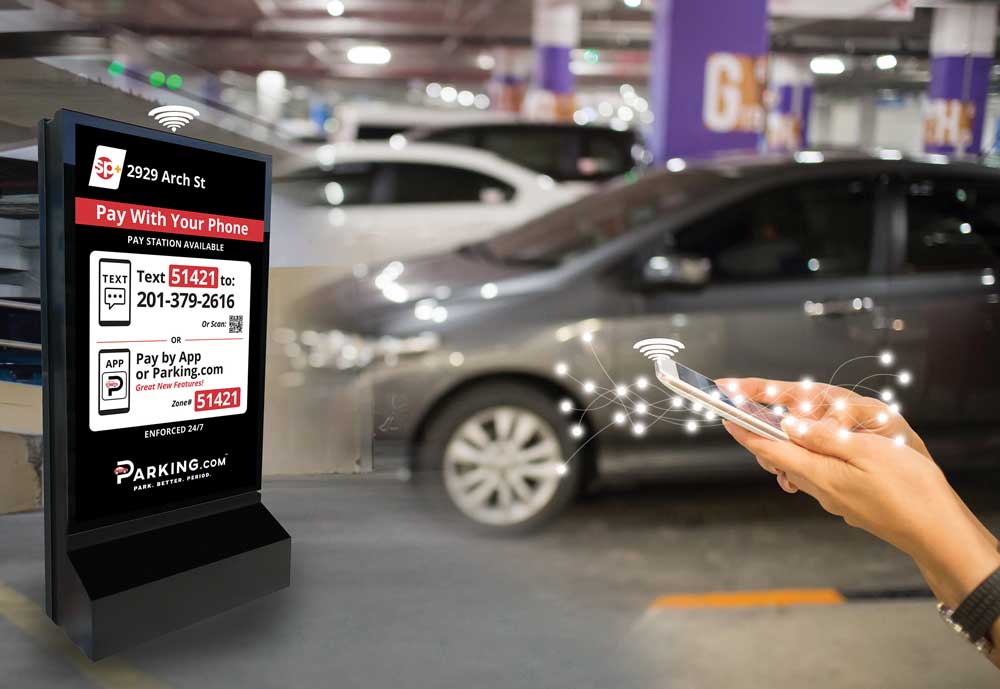
People continue to expect instant access to information and options at their fingertips. Travelers are no exception. The entire travel experience needs to feel seamless and logistical information must be easily accessible.”
—Jack Ricchiuto, President, Airport Division, SP+

Parking guidance, ideally with individual space sensing, and occupancy detection are going to become ubiquitous at airports. Capitalizing on that data is important. This includes pushing availability and rates out to mobile and the web, as well as to dynamic street signage – perhaps even to the resale market. Another technology that needs to be embraced by airports is integration with the highway tolling systems. Toll tags are everywhere, and they enable transactions that are operationally efficient and convenient to users.

We are collaborating with our airport clients in variety of different ways. For example, at Denver International Airport, we are providing remote airline check-in at two distinct and convenient locations near the airport campus. One remote airline check-in station is at the train station that stops at the terminal, allowing travelers to avoid ticket counter lines and the hassle of carrying bags up the escalator and through the terminal. A second drive-up location allows passengers to complete the entire check-in process—from paying for baggage fees to having luggage unloaded from the trunk of their car—all from the comfort of their car seat. The drive-up remote airline check-in operation is designed to provide airports with a value-added amenity for their economy parking lots to compete with off-airport parking options. In this instance, the airport did see a market share shift to their economy lots. In addition, United Airlines also promoted the service to direct check-in activities away from the ticket counter areas to alleviate congestion. Additionally, we launched our Curbside Concierge™ service in 2021, as an option for passengers to utilize curbside check-in services at airlines/airports that had not resumed skycap services.
Trends
What is on the five-year horizon for airport parking, transportation, and mobility?

We anticipate innovative transportation options to request the ability to operate at airports. Like the TNC’s and car sharing, these options will require airports to creatively accommodate them. Car sharing will continue to grow and become a more and more viable option for airport customers. The trend toward electrification will continue with a growing need for infrastructure at airports for passenger vehicles and larger vehicles such as shuttles and buses. The development of autonomous vehicles will also change the way parking is utilized at airports. Because of the many interrupters such as TNC’s and car sharing, we will see creative uses of parking facilities in the future to optimize the revenue that is being generated by these assets.

Over the next five years our business management will employ an analytical business approach to drive change in thought and operations by leveraging technology and data, implementing new business solutions through partnership with our IT. We plan on building and maintaining mobile dashboards and predictive models for traffic demands and utilizing comparative data to analyze current and forecast future conditions to evaluate changes and impact of customer behavior. We will also be supporting green initiatives by expanding EV charging stations and transitioning fleet to electric vehicles. These efforts involve collaboration with our environmental department, as well as conducting studies with national research labs.

As technologies continue to advance, the workforce will need to adapt. That means retraining the workforce to efficiently manage new systems as they assist travelers, especially in customer-facing support roles.

Demand for air travel is improving and will continue to grow. As more people can perform their work remotely, the lines between business and leisure travel will continue to blur. Travel will no longer be relegated to weekends and two weeks a year. People are free to travel more frequently and for longer periods when they can bring their office with them. We expect to see continued growth in this segment, and the keys to success lie in the ability to adapt to rapid technology change and to keep pace with the way that people shop for and purchase everything in their lives. To succeed, our parking operations need to be cutting edge, and not a relic of the past.

Airport parking transactions will become more hands-free. There are a variety of technologies and operating methods available, running the gamut from highway toll tags to mobile Bluetooth to the technology built into vehicles that will enable drivers to zip in and out of airport parking facilities with all the transactions occurring in the background. Additionally, mobile apps will consolidate and link all travel modes into smart trips, covering everything from driving directions and traffic reports to availability and cost of parking, airline boarding passes, luggage claim checks, ridesharing, accommodation reservations, dining options, and anything else a traveler might conceivably need.
Construction costs rose nearly 16% from 2020 to 2021, which obviously impacted all capital projects. Computer chips continue to be in short supply. We’re also seeing some vendors over-promise and then try to upcharge for expediting, substituting, or even deleting components. Hopefully, this is not a trend. Protection from supply chain crunches and overcharging starts with a well-defined program, a solid set of solicitation documents, and a contract that locks in performance and pricing. This needs to be followed up with thorough oversight throughout the purchasing, installation, and shake-down processes.”
—Robert McConnell, PE, SE, Vice President, Parking Solutions, WGI

Looking back to 2016 projections for worldwide air passengers to double by 2035, the pandemic surely took some of the steam off that growth. However, we are seeing some phenomenal growth rates during the recovery that may lead us to that curve in the future. Since many airports are land locked, there may be challenges to accommodate that growth. The industry and those who support it continue to consider streamlining passenger journeys, integrating mass transit into airport campuses, and accommodating autonomous and electronic vehicles.
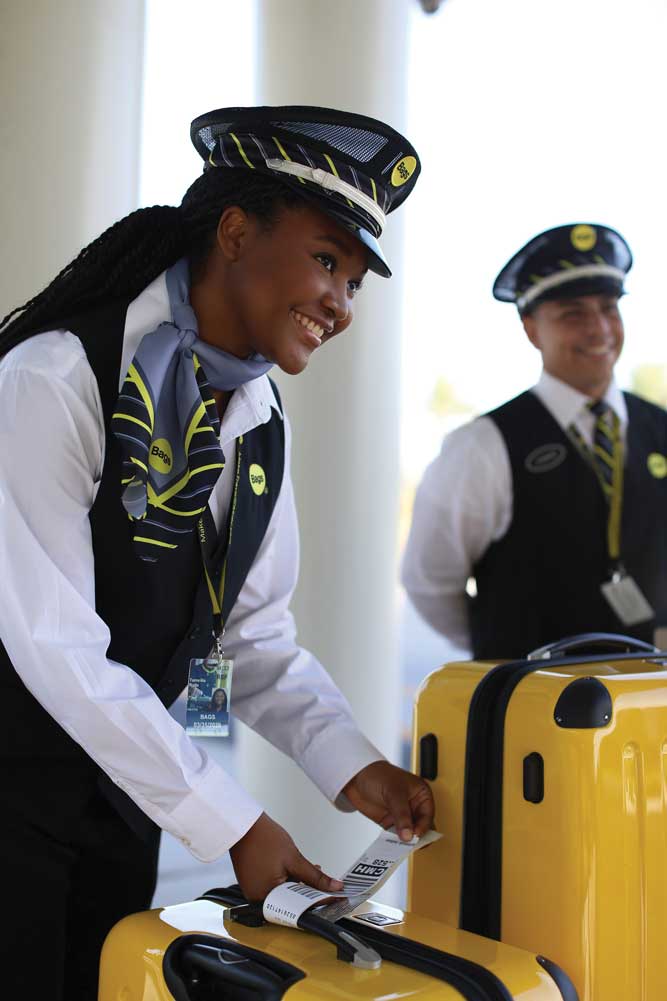
We are intensely focused on improving the passenger journey—while we see airlines and airports doing the same. A significant part of that journey involves technologies for touchless transactions, convenient check-in options and other services that help create a frictionless travel experience.”
—Bob Miles, President, Bags
Travel is back. It may not look the same, it may not follow the old rules, but make no mistake, the aviation industry is waking up. Looking forward, airports and the companies that serve them will need to re-examine everything, including how they look at parking, mobility, and transportation. Special thanks to these market leaders who have given their perspective on the challenges and opportunities that the sector is taking on. What do you think are the key factors for future success of parking and mobility in the airport space? Give us your feedback and thoughts at editor@parking-mobility.org. We would love to hear from you!

